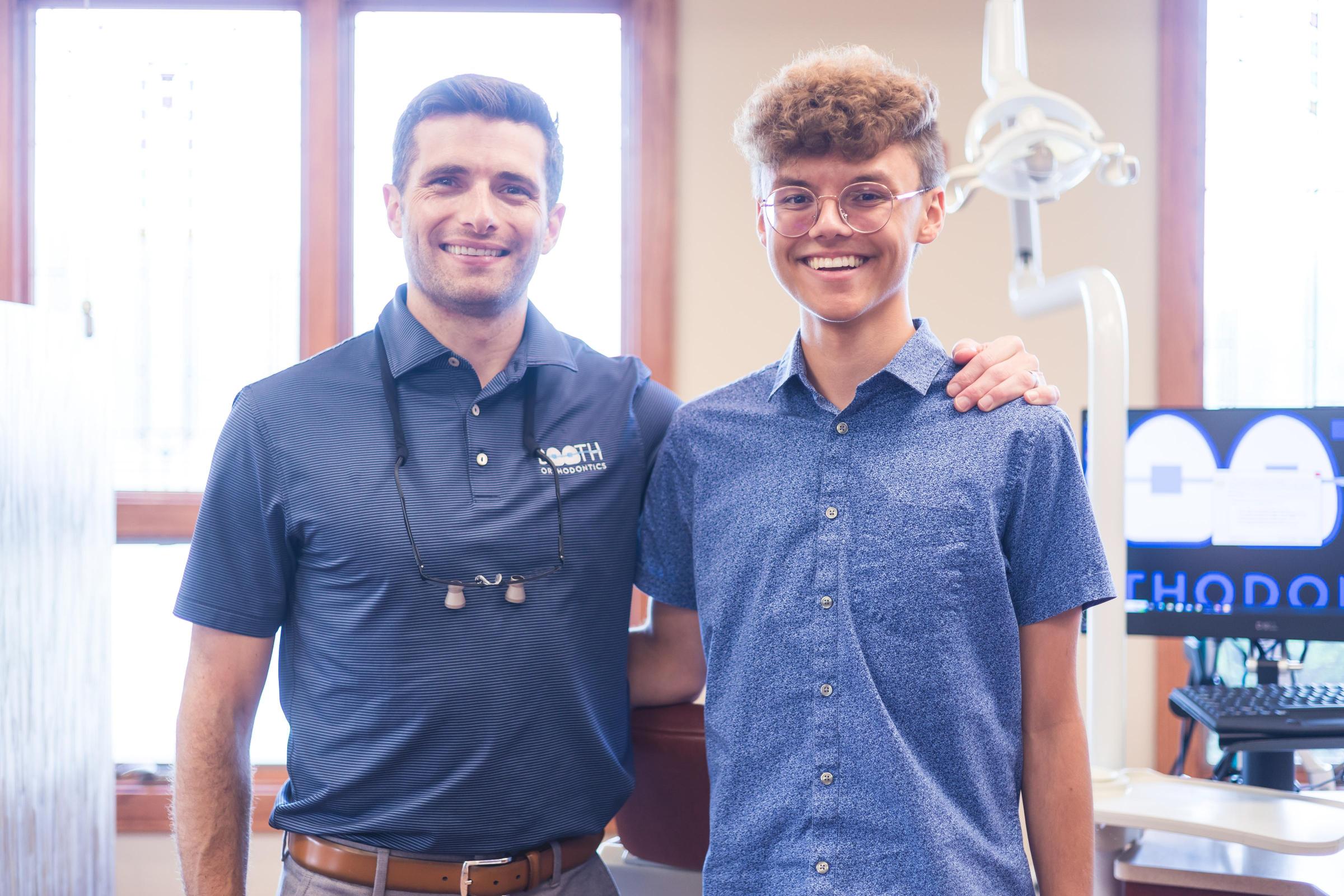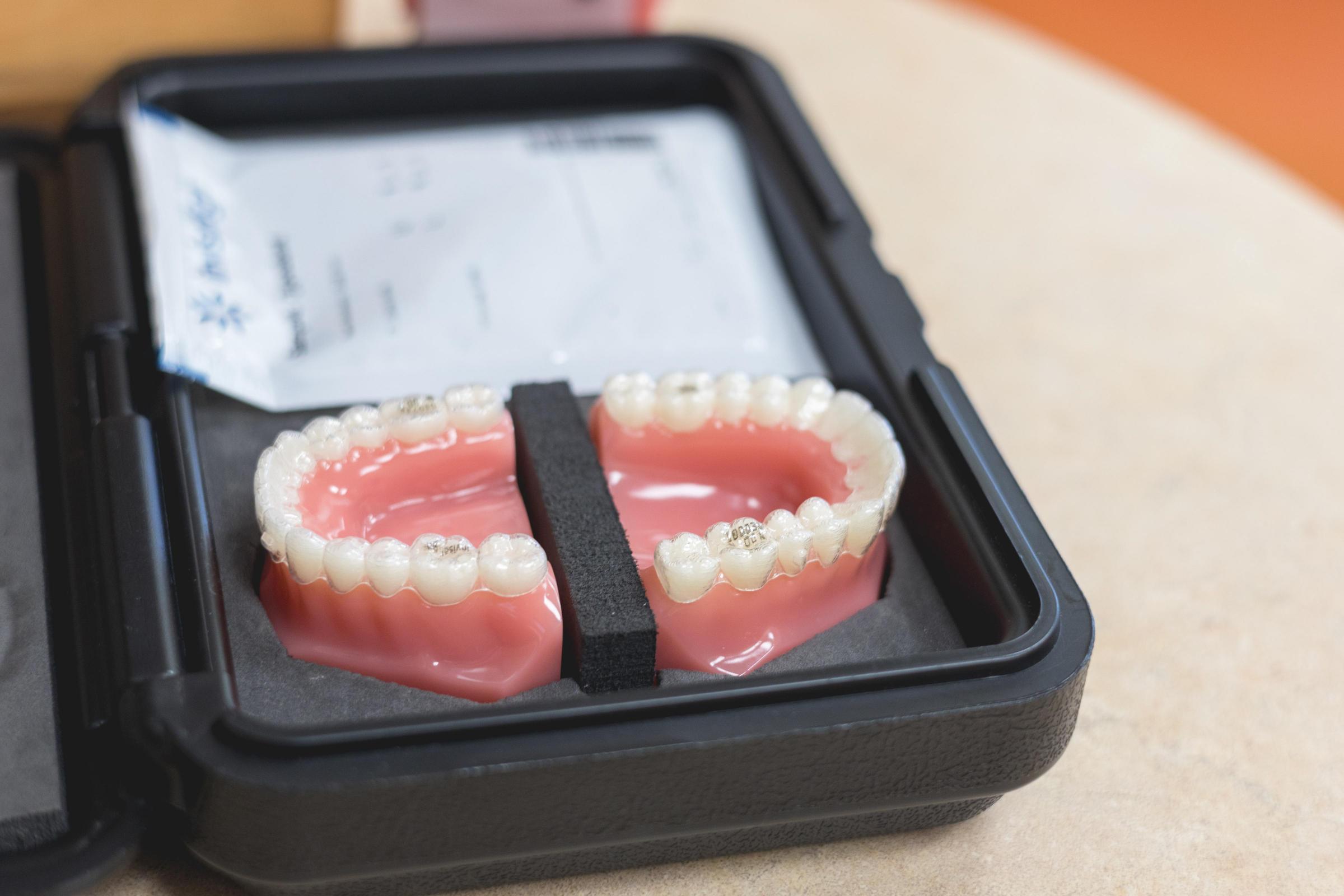Straight Teeth Make a Big Difference
A great-looking smile can boost your self-confidence and have a positive impact on your social and professional life.
Your Smile Matters to People
A study shows:
- 1 in 3 people notice your teeth before any other part of your face
- Almost half of the people surveyed think a smile is the most memorable feature after they meet someone
- People with a straight smile are 45% more likely to get a job than those with crooked teeth
- 40% of people would think again before going on a second date with someone who has crooked teeth
- People with a straight smile are 58% more likely to be viewed as "successful"
- More than 1/3 of people think people with crooked teeth are less attractive than those with a straight smile


It's Not All About Looks
Properly-aligned teeth help you to bite, chew and even speak more effectively. They're also easier to clean, helping your mouth stay free of tooth decay and gum disease.
The amazing thing about orthodontics is that it harnesses the body's natural ability to remodel its own tissue. With the application of light, constant force, orthodontic appliances gently reshape bone and move teeth into better positions.
Bite Problems and How to Fix Them
Orthodontic treatment can resolve a number of bite problems, which often emerge around age seven. These include underbite, crossbite or excessive overbite, where upper and lower teeth don't close in the proper position; open bite, where a space remains between the top and bottom teeth when the jaws are closed; and crowding or excessive spacing, where teeth are spaced too close together or too far apart.
To correct bite problems, the teeth need to be moved, but doing that isn't as hard as you might think. Teeth aren't fixed rigidly in their supporting bone – instead, they're held in place by a hammock-like structure called the periodontal ligament, which is very responsive to forces placed on the teeth.
Orthodontic appliances move teeth by careful application of light, constant pressure. This force can be applied via metal wires that run through small brackets attached to the teeth (braces), or via the semi-rigid plastic of clear aligners.
